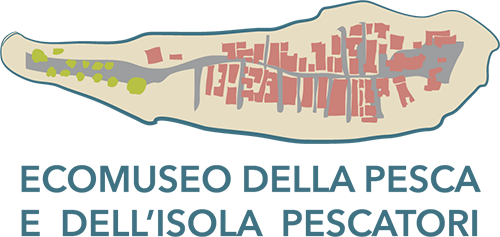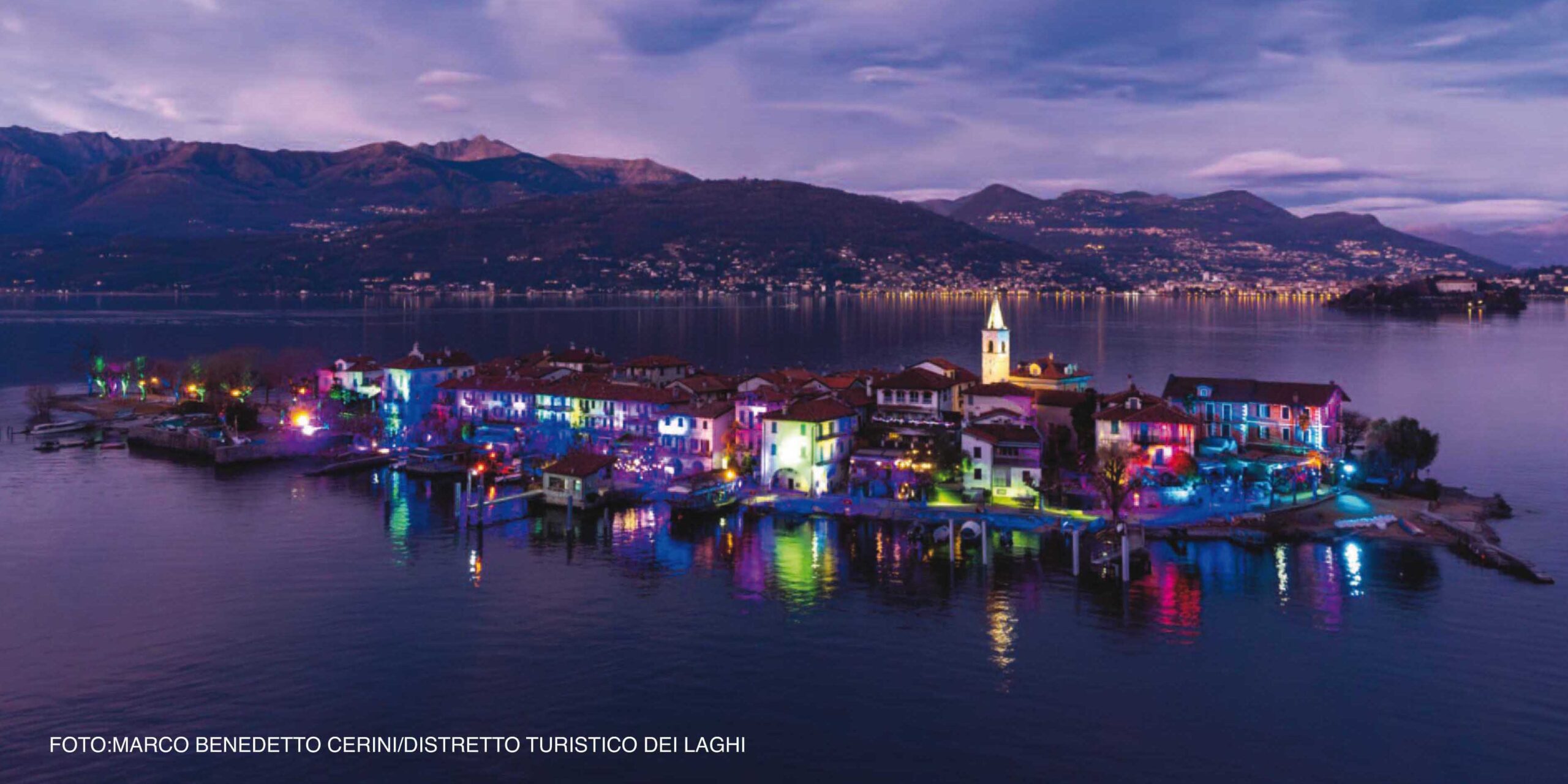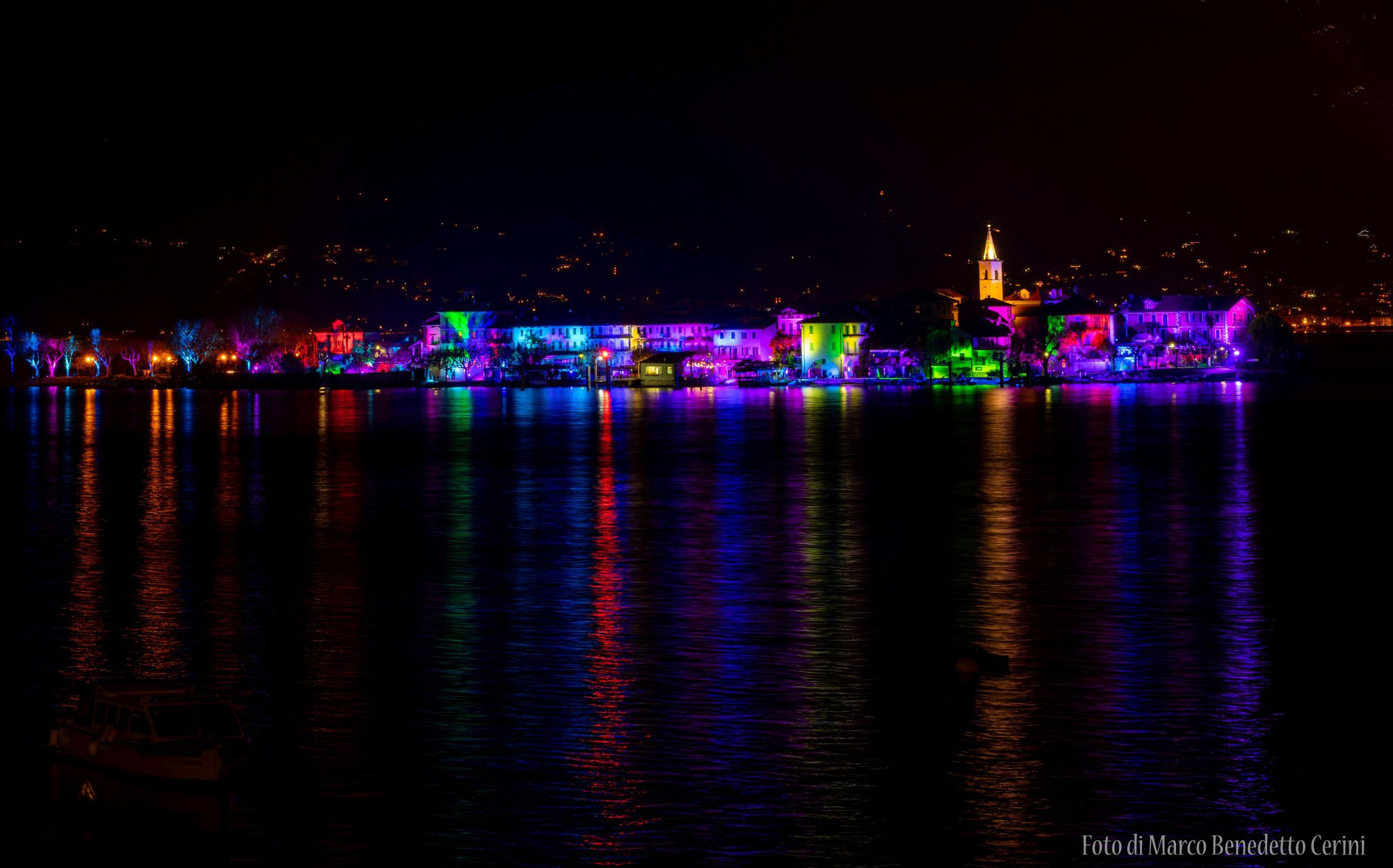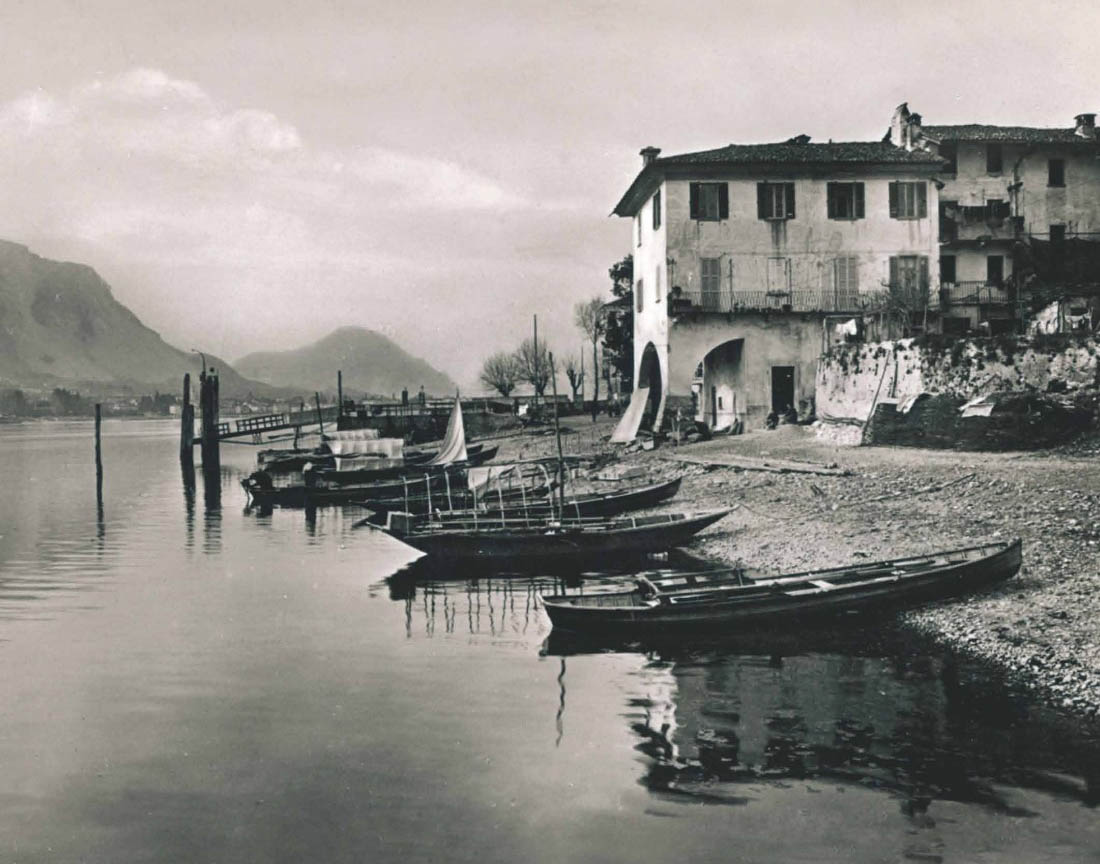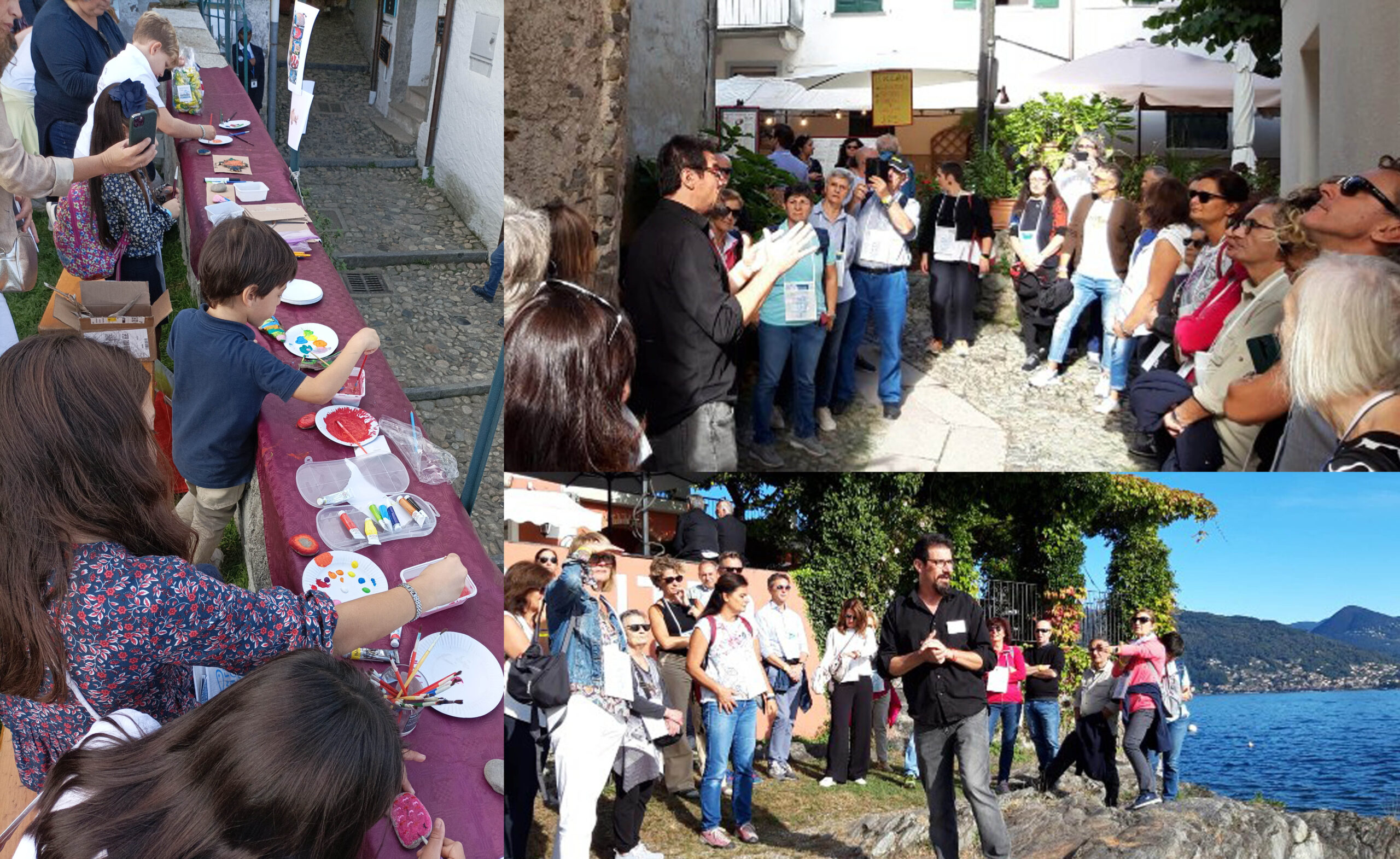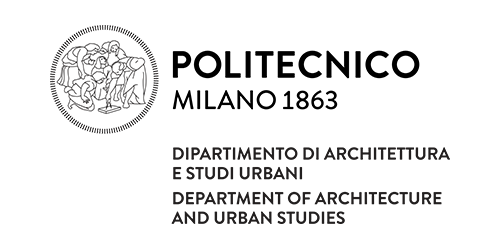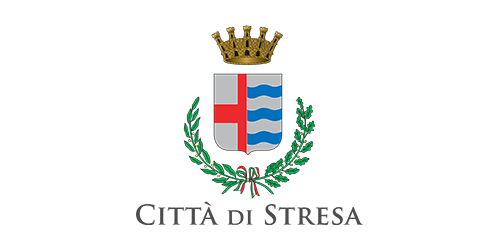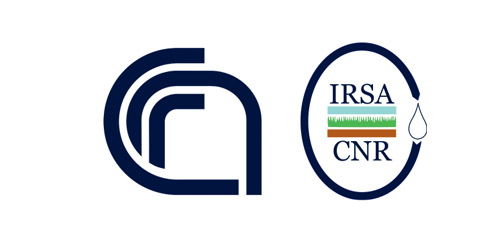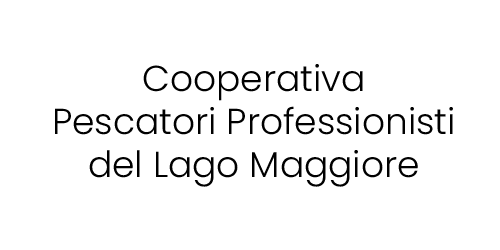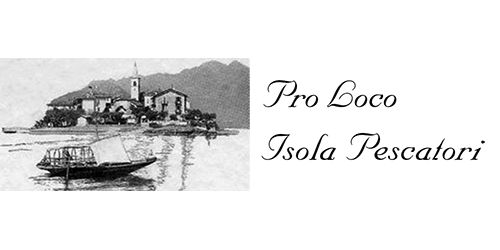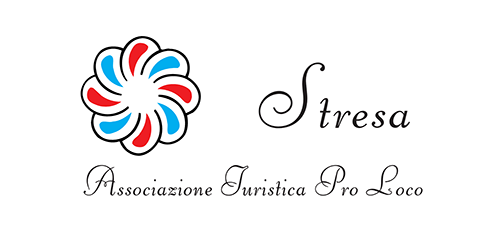Ecomuseum of Fishing and Isola Pescatori
The Ecomuseum of Fishing and Isola Pescatori, perhaps the smallest Italian ecomuseum, is located on the Lake Maggiore, on the Isola Superiore, which is also known as “dei Pescatori” (i.e. “Fishermen’s Island”) due to the traditional working activity of its inhabitants.
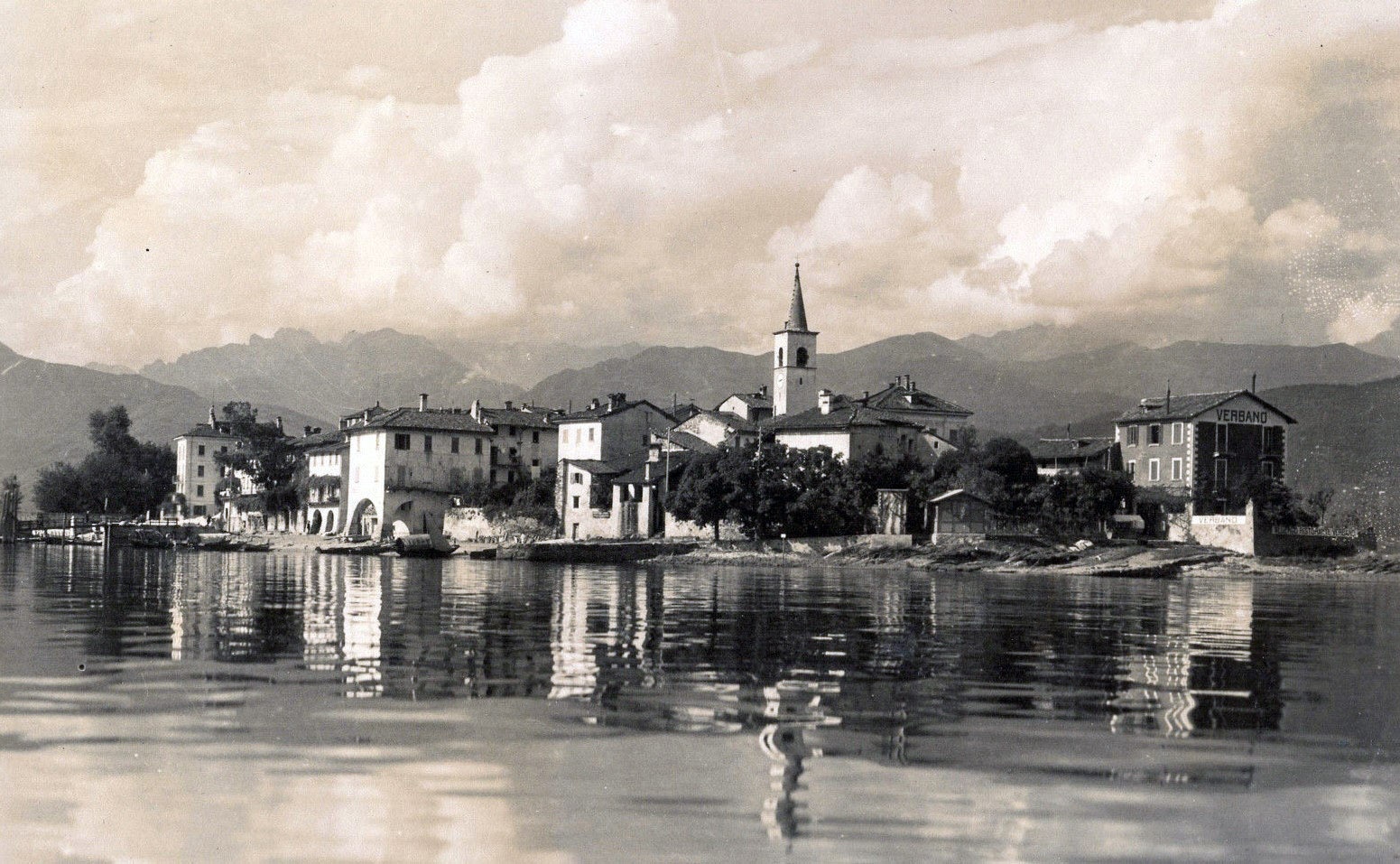
It belongs to the archipelago of the Borromeo Islands, situated in the middle lake, in that arm called Golfo Borromeo (i.e. “Borromeo Gulf”), which is overlooked by Stresa and Baveno on one side and, on the other side, by Fondotoce, Suna and Pallanza (Municipality of Verbania).
The archipelago includes three main islands (Isola Madre, Isola Bella and Isola dei Pescatori), a smaller one (Isolino di San Giovanni, near Pallanza) and a cliff (Scoglio della Malghera, between Isola Bella and Pescatori).
All the islands are under the jurisdiction of the Municipality of Stresa, Province of Verbano-Cusio-Ossola. Isola Madre and Isola Bella are the larger ones, while the surface area of Isola dei Pescatori is approximately half the size of the other two. It stretches parallel to the shore between Stresa and Baveno, further north than Isola Bella (hence the Latin name Superior).
With its 100 meters in width and 350 meters in length, and its fish shape, despite being the smallest of the Borromeo Islands, Isola dei Pescatori is the only one to be still permanently inhabited throughout the year, though today only by around thirty people, drastically reduced compared to the one hundred of the middle of the last century. It can be reached by the boats of Navigazione Lago Maggiore – which travel less often during the winter months, but very frequently in the summer, and are also used by the hundreds of restaurants and commercial workers living on the coast –, by public motorboats coming mainly from Stresa and Baveno, and by the private boats of locals and tourists.
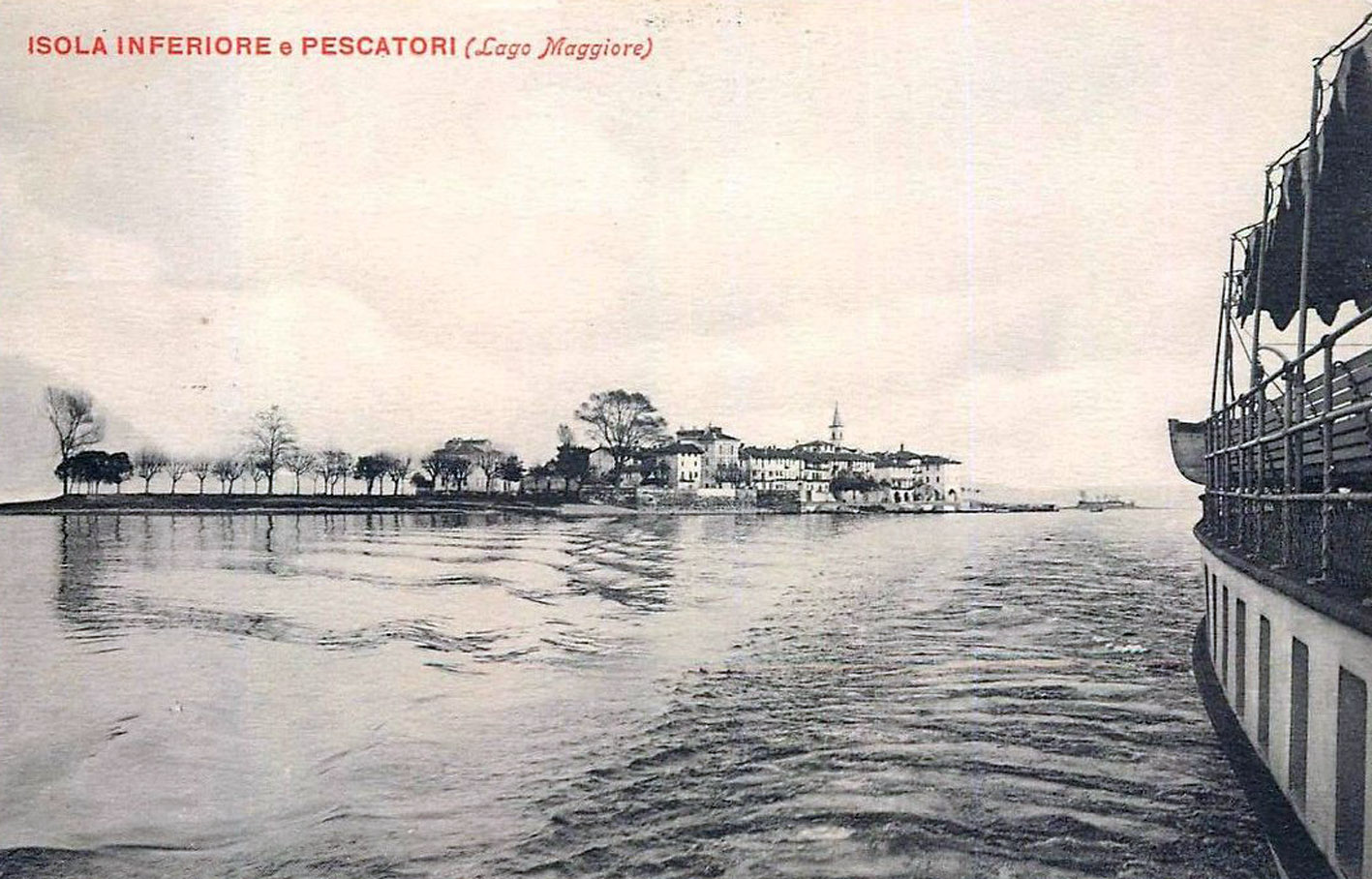
On Isola dei Pescatori, the Ecomuseum connects a system of significant sites linked to the life and traditions of the locals.
What is an ecomuseum
The Ecomuseum of Isola dei Pescatori connects a system of significant sites linked to the life and traditions of the locals.
Indeed, an ecomuseum is an institution established by individuals, associations and organizations of the area on which it operates, with the purpose of enhancing its cultural heritage, so as to grant an uninterrupted transmission of the material and intangible assets composing it.
Being therefore conceived as a “mirror” of the past and a “construction site” for the future, the Ecomuseum is a dynamic process closely related to the local community, and susceptible to growth and changes which go hand-in-hand with the transformations occurring within the reference community itself.
There is no such a thing as an “Ecomuseum” par excellence: each ecomuseum is conceived and built by and on the territory. Nonetheless, it is universally known that, in order to be defined as such, an ecomuseum must comply with certain requirements:
- a territory (conceived as a physical “space”, but also as “historical memory”);
- a community (inhabitants, local administrators, associations and, in general, whoever experiences the territory);
- a project (with well defined and shared purposes, aiming to increase the resources of the territory throughout a real local development process).
Following the new Regional Law (L.R. 13/2018) for the Recognition of Ecomuseums, Regione Piemonte therefore defines an ecomuseum as follows: “For the purposes of this Law, Ecomuseums are cultural instruments of general interest and social utility, aiming to a sustainable local development, and to recover, preserve, enhance and convey the identity, cultural, social, environmental, material and intangible heritage of a territory”.
Activities and News
Minicrociere “Isola dei Colori”
Qui vive un pescatore
In occasione di Gente di Lago – visite e laboratori creativi
The Ecomuseum of Fishing and Isola Pescatori is the result of a project by the Municipality of Stresa and the Department of Architecture and Urban Studies of the Polytechnic University of Milan, which – also thanks to a collaboration with the local community and associations – has achieved a significant funding from Fondazione Cariplo.
